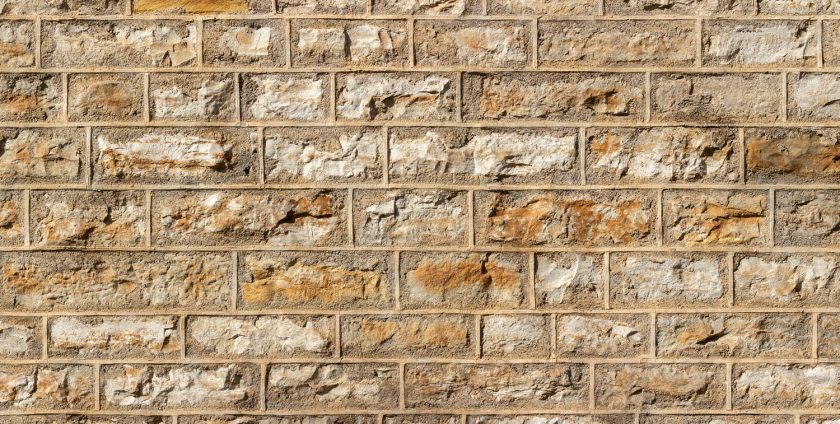
HOW OFTEN SHOULD TUCKPOINTING BE DONE? WE HAVE THE ANSWERS
- By: admin
- 0 comment
You can see many beautiful brick architecture that has been around for decades and can be appreciated all along the gorgeous residential and commercial areas throughout St. Louis. Tuck pointing along with masonry work brings an appealing charm to any property and offers protection against crumbling. You may wonder how often tuckpointing companies need to get involved? What are the signs I should look out for when considering hiring a tuckpointing contractor for the brick on my property, like the one found around my chimney. Keep reading below for answers:
What Is Tuckpointing?
Brick is one of the most durable materials known to man and can easily withstand a century of bad weather conditions. However, the mortar that binds the brick together is normally more susceptible to rain, wind and snow, so it doesn’t hold up against harsh elements as long. This leads to the mortar weakening, crumbling or eventually falling, potentially even causing a complete collapse of the structure.
Tuckpointing requires the steady and skill hand of a professional who can handle your projects with care. It is an important process that removes and replaces any mortar that is missing, has been damaged or needs replacement. Any previously deteriorated mortar is removed so that the joints can be filled with new mortar. You should expect amazing results and be confident in its sturdiness and solid integrity.
What Leads to Weakened Mortar?
Mortar joints are considered to be the weakest part of a brick wall since it can’t endure adverse conditions as long as the brick. Numerous causes lead to a weakened, crumbled or deteriorated mortal. The following are the most commonly seen:
Erosion due to trapped moisture or extreme temperatures
Inferior or shoddy craftsmanship and materials.
Overhead pressure from the weight of the bricks
Insect nests and other burrowing pests
Vines that grow intertwined with the brick
Natural wear and tear
HOW OFTEN TO PERFORM TUCKPOINTING?
Generally, tuckpointing should be conducted around the 25-30 year mark. However, the frequency of when tuckpointing should be performed depends on factors such as the climate. For example, tuckpointing may need to be done more often in humid climates where rainfall is abundant, while drier climates may not call for the tuckpointing services on brick buildings to be performed as often. Contact our expert tuckpointing contracts at Ferguson Roofing to clarify any part of the process.
SIGNS YOUR PROPERTY NEEDS TUCKPOINTING
Are you curious to know what parts of your brick home or business may need to be screened for any necessary tuck pointing services.There may not be a need to scrutinize every last detail, but the following represent some clear signs that your property is in need of expert services from a tuckpointing.
Brick that has cracks or signs of deterioration
Mortar with holes or gaps in it.
White coating or flakey like surface on mortar.
It’s worth power washing the structure before inspecting the brickwork, to better find damage or deterioration. It’s best to prevent costly replacement due to collapse by investing in repairs once the early signs of deterioration appear.
*Important: Note that a few, small hairline cracks do not necessarily point to a tuckpointing urgency. We can gladly help you dispel any of your concerns.







